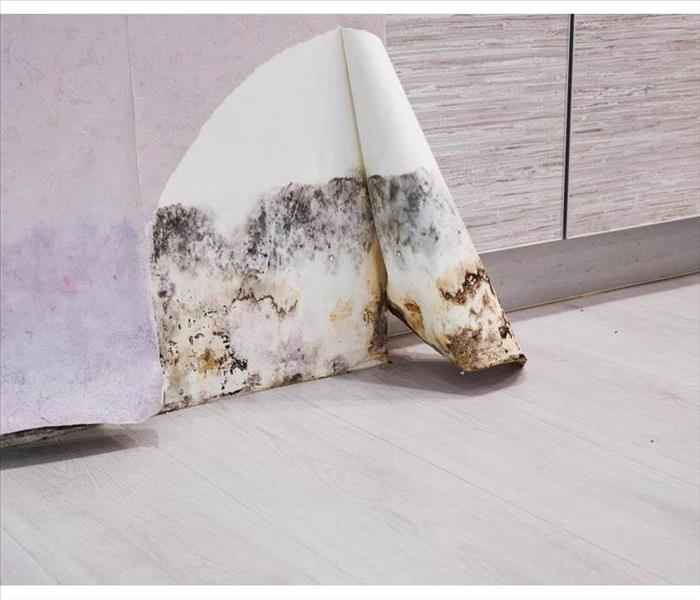3 Places Mold Might Grow After a Flood
10/15/2020 (Permalink)
Common Places Where Mold Might Grow
When strong storms strike Fergus Falls, MN, they can cause flooding in your basement, crawlspace or even the ground floor of your home. Once the water recedes you may think your flood troubles are over, but secondary damage may occur. One of the most common is mold growth, which can grow within 24 hours of a flood. Mold can grow undetected, so there are a few places you may want to check once your home is safe to enter.
1. Behind Walls
Mold can thrive without sunlight and prefers moist, dark areas. It is commonly found behind drywall because of the porousness of the material, which retains moisture. Once mold takes hold behind walls, it can affect the insulation and spread to other areas. You may want to have a mold inspection or flood damage service perform a flood cut, which involves cutting into the drywall about 12-18 inches above the floodwater line to check for the presence of mold.
2. Under Carpeting
Wet carpeting and its padding may retain moisture if it is not properly dried. This can cause the development of mold and its byproduct, mycotoxin, which can produce the musty smell often associated with fungi. While most types of mold do not contain bacteria, as the two are often created differently, it is wise to leave their removal to a flood technician because each might need specialized removal treatments.
3. Inside Cabinets
Kitchen and bathroom cabinets may be prone to mold growth because of their location and vulnerability to standing water. After a flood, these spaces may not dry completely and encourage fungi growth. A flood damage and restoration service can find and remove mold in this area or replace any affected cabinetry and materials as needed.
Flooding in Fergus Falls, MN, can encourage mold growth in many different areas of your home. Understanding how fungi develop and where it hides can help you eliminate it.






 24/7 Emergency Service
24/7 Emergency Service
